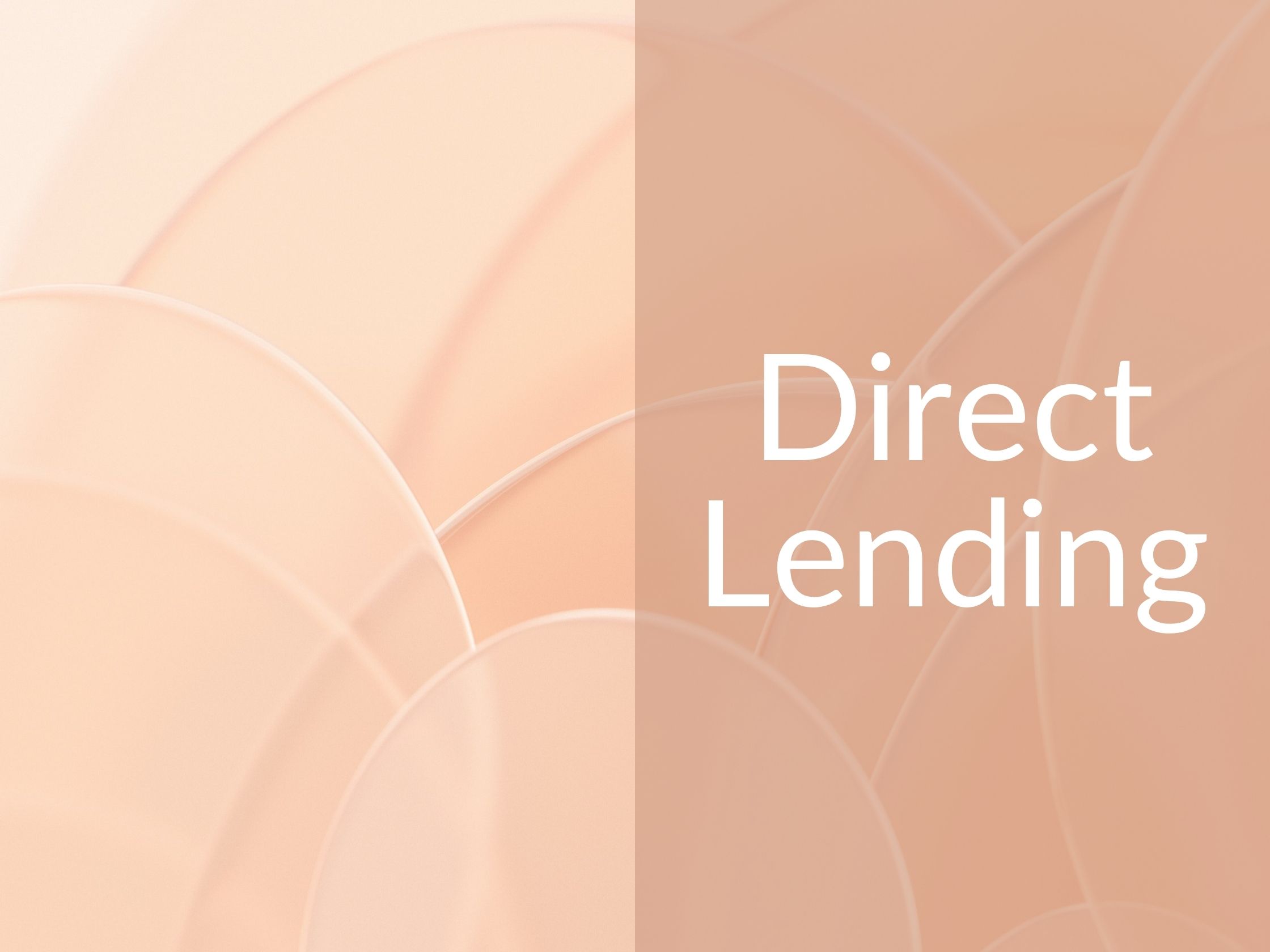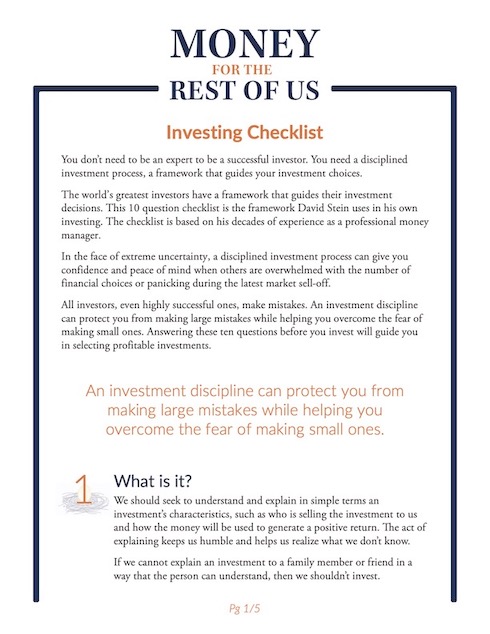We explore what private credit, or direct lending, is and how to invest in it. We also show how it is similar to and different from investing in leverage loans and CLOs.

Topics covered include:
- Why more companies are staying private
- How private credit differs from the leverage loan market
- Why private credit is growing so rapidly
- What are the benefits to private credit investing
- What are liquid and less liquid ways to invest in private credit
Show Notes
The Credit Markets Go Dark by Jared A. Ellias and Elisabeth de Fontenay—SSRN
The Lost Promise of Private Ordering by Cathy Hwang, Yaron Nili, and Jeremy McClane—SSRN
Investments Mentioned
VanEck BDC Income ETF (BIZD)
Barings Corporate Investors Fund (MCI)
Long Angle
Cliffwater Enhanced Lending Fund
BlackRock Private Credit Fund (BDEBT)
BondBloxx Private Credit CLO ETF (PCMM)
Virtus Seix AAA Private Credit CLO ETF (PCLO)
Episode Sponsors
Related Episodes
458: Dissecting Stock Returns: Financial Engineering or Genuine Growth?
452: Beyond Stocks: The Allure and Strategy of Credit Investments
423: A “Safe” 6% Yield: The Case for Investment Grade CLOs
Transcript
Welcome to Money for the Rest of Us. This is a personal finance show on money, how it works, how to invest it, and how to live without worrying about it. I’m your host, David Stein, and today is episode 509. It’s titled, “Should You Invest in Private Credit?”
A week or so ago I was on a Zoom call with a number of financial advisors, and a number of them mentioned they had personally invested in private credit, or they were putting their clients in private credit.
Fewer Publicly-Traded Companies
Now, what is private credit? Sometimes it’s called direct lending, and we’ve talked about it in the past, but we’ve not done a dedicated episode on it. So I’ll certainly describe what it is, its characteristics, how to invest in it. But first, one of the trends that has been going on for a number of decades now, that we have mentioned on the podcast, is the number of publicly traded companies that have public stock that we can purchase on an exchange–that’s dropping.
Back in 1996, there were about 8,000 firms that made up the U.S. stock market. Now, there’s less than 4,000, even though the overall economy in the U.S. is bigger. There are fewer publicly traded firms. Now, partly that’s been a shift in the economy, as it’s become more service-oriented, service-based.
That generally leads to smaller companies, fewer manufacturing firms. But there’s also been more taking public companies private. And startups that are private, that grow to a size where they typically would have gone public, they haven’t. They remain private. And so there are just more private firms, fewer publicly traded firms.
Syndicated Bank Loans
Now, for most of the past few decades, the opposite trend was in the debt world. Historically, companies took out loans from banks, and then, over the past few decades, we’ve seen banks syndicate those loans. This is called the leverage loan market. Sometimes it’s called floating rate loans, or bank loans, senior loans. There are ETFs that invest in that. We’ve talked about leverage loan investing in a number of episodes. I’ve participated in this market for over two decades now, both individually, as well as allocating institutional clients’ money toward the leverage loan market.
Now, these syndicated bank loans, they’re liquid, or semi-liquid, they trade in the secondary market, and they have been packaged into other securities called collateralized loan obligations. CLOs were first introduced in the late 1980s, and a manager selects numerous bank loans and then divides this package of loans into tranches.
And so back in episode 423, we talked about CLOs, and specifically AAA CLOs, which is the highest rated tranche, that has never had a default. We can get attractive yields investing in CLOs, and I did so shortly after that episode for the first time. I invested in CLOs, and continue to do that today.
Now, generally, these leverage loans that are packaged into CLOs, they were larger loans, so bigger companies. It could be for a leveraged buyout; it could be a publicly traded company that’s taking out debt. Now, generally, the leveraged loan market were non-investment grade loans, but many of them were publicly-traded companies.
Now, some were not. Some are private companies, and still go to banks, borrow money, and then those banks sell those loans, and they’re syndicated into the marketplace, and they can create CLOs out of these loans to private companies. But again, it’s done through the syndicated loan market.
As a Money For the Rest of Us Plus member, you are able to listen to the podcast in an ad-free format and have access to the written transcript for each week’s episode. For listeners with hearing or other impairments that would like access to transcripts please send an email to team@moneyfortherestofus.com Learn More About Plus Membership »
